There is a scene in the Hong Kong movie “Swordsman III” where a foreigner asks a local Chinese “where is Jianghu?” and asks to be taken to Jianghu. It’s an interesting question: can anyone tell us where Jianghu is?
It is always difficult to translate this Chinese word “Jianghu” into English. It first appeared in 《Zhuangzi》, and was further extended in meaning by martial arts novels. Nowadays, “Jianghu” conveys much more meanings, like brotherhood, all corners of the country, underworld or a world filled with love, hatred, passion and revenge, etc..One has to look deeper into the Chinese to see that there have always been two “societies”, one in which the state makes the rules, and in which official laws and advocated morals govern the way people behave, and the other in which the people spontaneously develop certain rules that are not necessarily systematically regulated. The latter may not always be in conflict with official rules, but they are certainly different in nature from each other.
Streets are essential components of “Jianghu”, even the stages of it. We can see in martial arts novels that spy and killers are most likely to go to a teahouse (Chaguan in Chinese) to pry into their targets’ affairs. Sometimes not only the tea house, but also food or grocery stalls along the street, are main spots to spy out secrets needed. In wangdi’s book, he singles out the tea house, since tea houses are associated with commercial operations whereas streets are mainly about daily life. The amount of tea house in chengdu appears phenomenal that worth a seperate story, but in many other cities of china, especially ancient china, tea house was more like a stall set up on the street, open to the public without a confined space, living with the streets.
It’s an interesting phenomenon, and why does that happen?
In wangdi’s book, he mentioned a very unique architectural development model in chengdu, which can be applied to most Chinese cities, that houses develop in parallel, with people’s homes and storefronts separated by a single threshold in most cases. In my perspective, this parallel structure in architecture is to some extent a microcosm of Chinese collective values. This model helps build a intimately connected atmosphere among streets. Streets are places for daily life and interactions with neighborhood.
Streets, apart from burdening the city’s traffic, serves as a carrier for daily life and economic behavior. It is thought that outsiders can distinguish one city from another by observing features such as city walls, shop fronts and hawker stalls. For example, you can easily differentiate Hongkong from many other Chinese cities, since streets and billboards there are so cyberpunk. Another city, Chengdu, as I observed before, shows its slow-pace in life by numerous public benches under the trees along roads. If you get tired of walking, you can just sit down and enjoy the view. And food stalls, as this city is famous for its food, are all along the roads a few steps away. Here, I noticed that street hawkers are closely linked to public spaces,especially transport systems. In the past, hawkers were at city walls, bridges, along river banks, temples, etc. Now, similarly, you can find them at subway entrances, under overpasses , at train or bus stations, etc. The hawkers seem to be closely connected to the transport system.
Back to the main points ——“ Jianghu”, a highly socialized world, is able to be experienced through streets as night falls. I do not want to name it as night markets which gives a sense of gathering, since the food stalls I talk about are often separated and scattered. We could see people drinking and laughing in the stalls at night, most of whom are from the lower class.
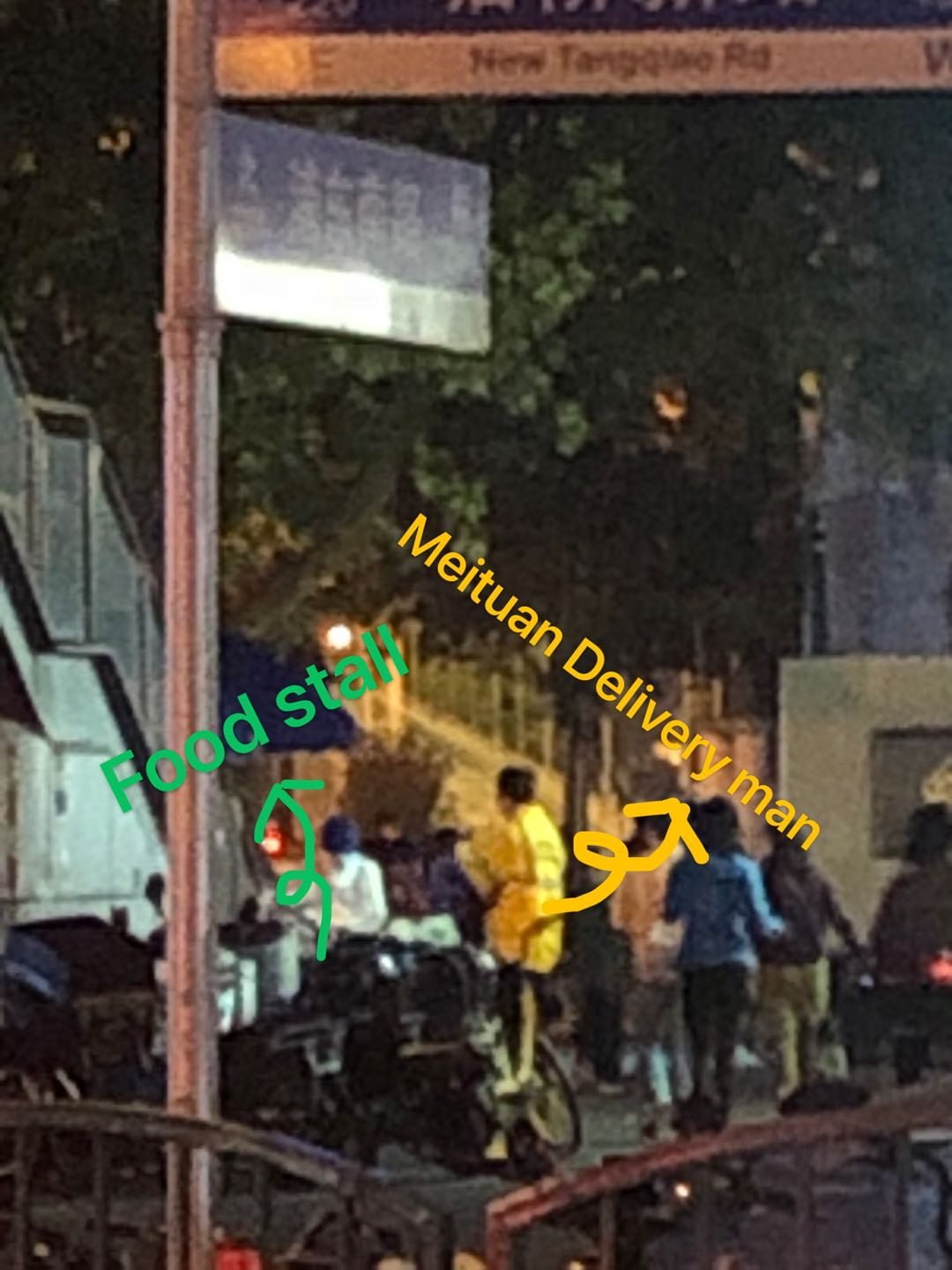
Several people sit at tables, as you walked by, you could even hear them talking about national events, such as US-China relations, even though these things seemed far away from them. People spend their evenings socializing at the stalls expressing their boredom and stresses of their work and lives.
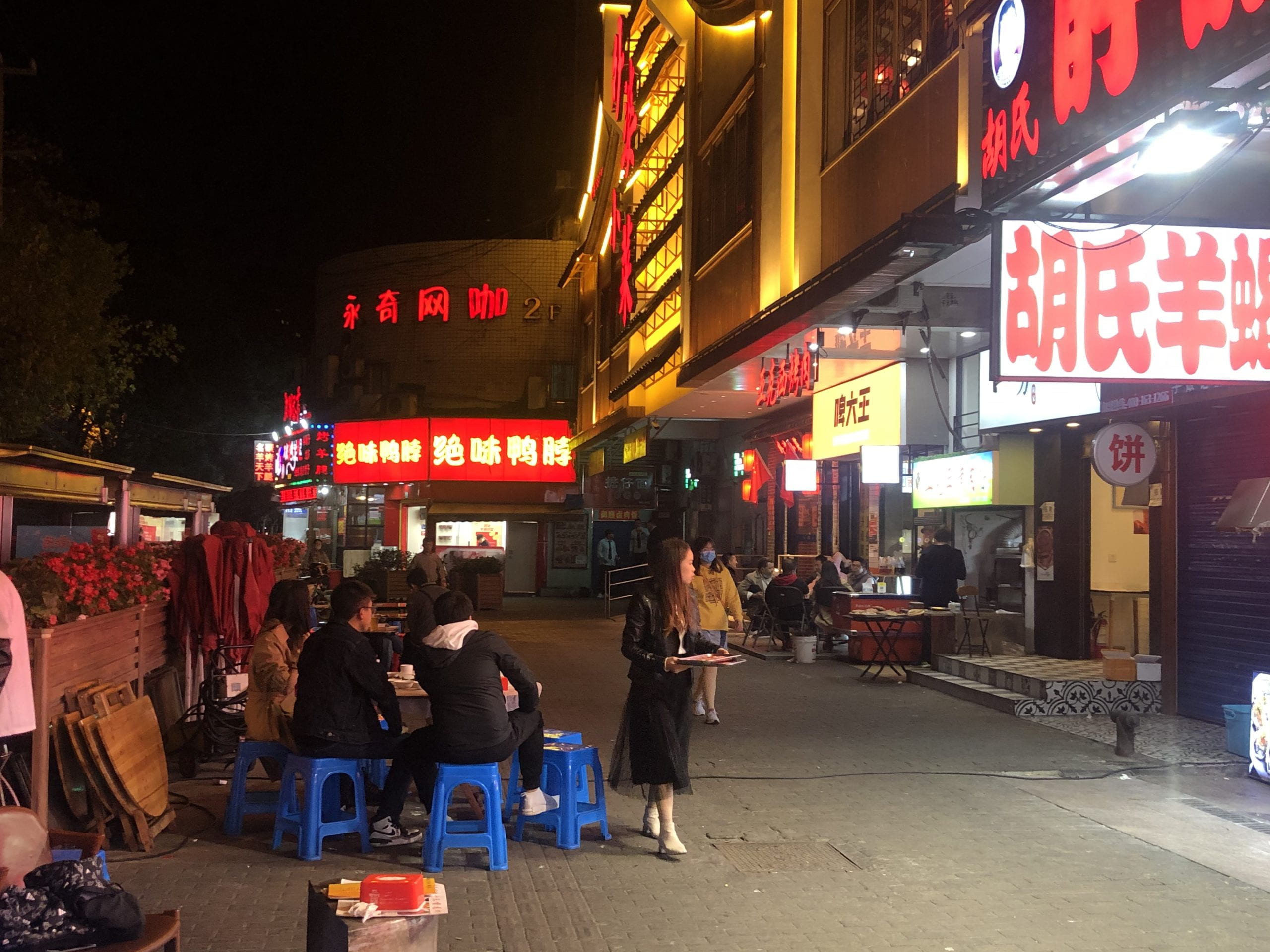
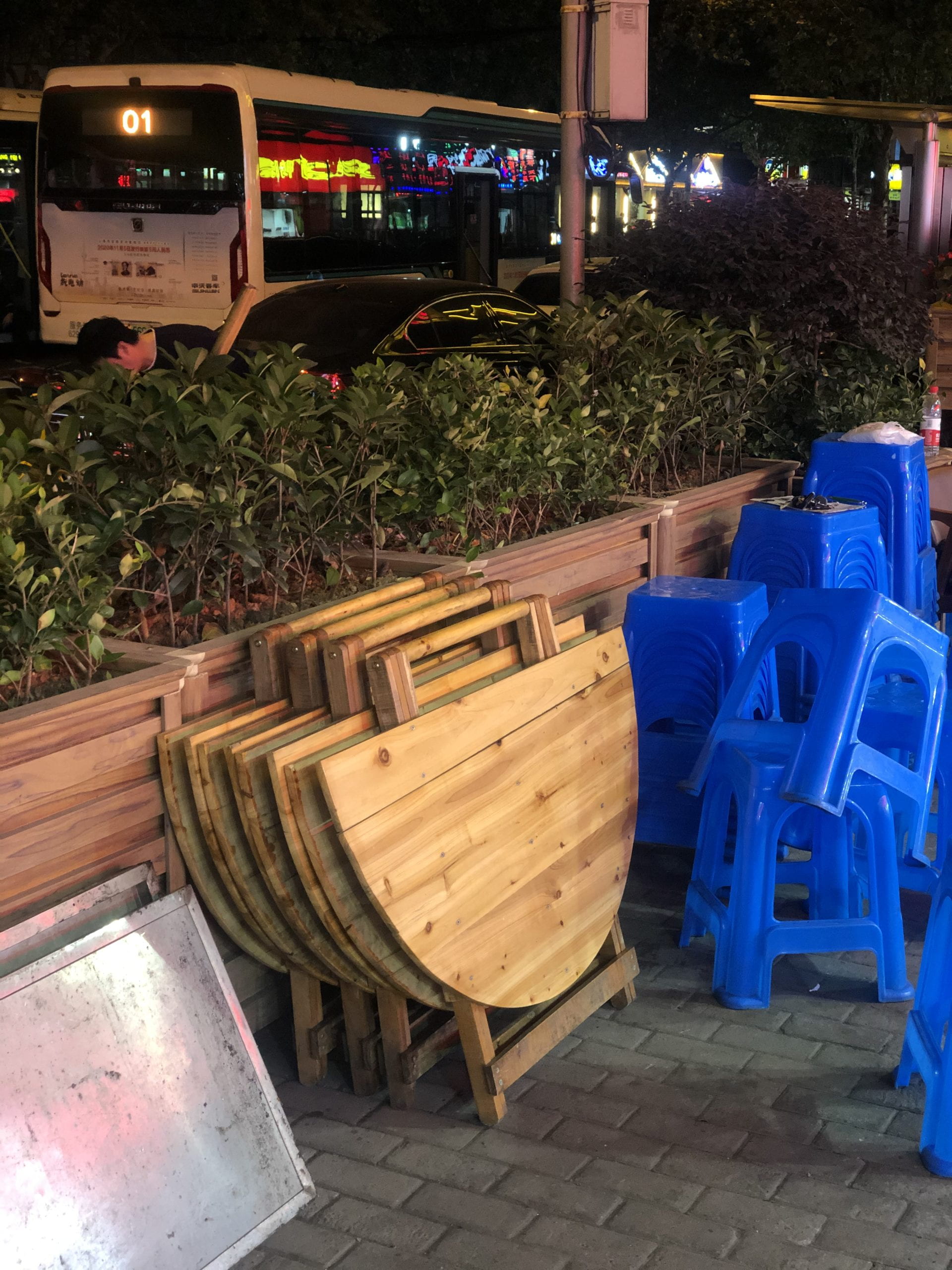
The stall is a “Jianghu” that strips people of their original class. Here, no elitism, no authorities, no ruling ideologies, everyone is equal —— waiting for the call from the food stall owner, “ Here, yours!”
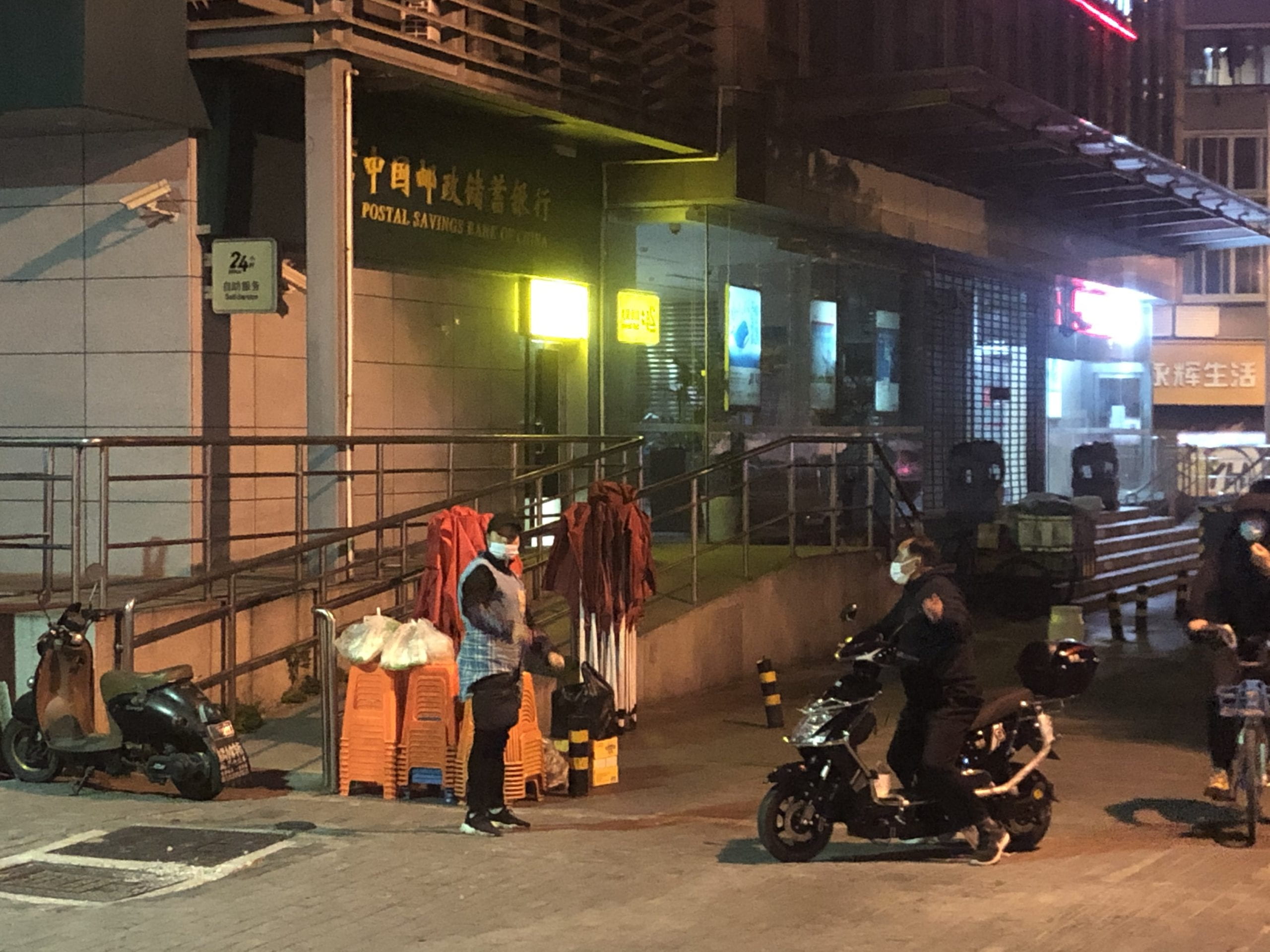
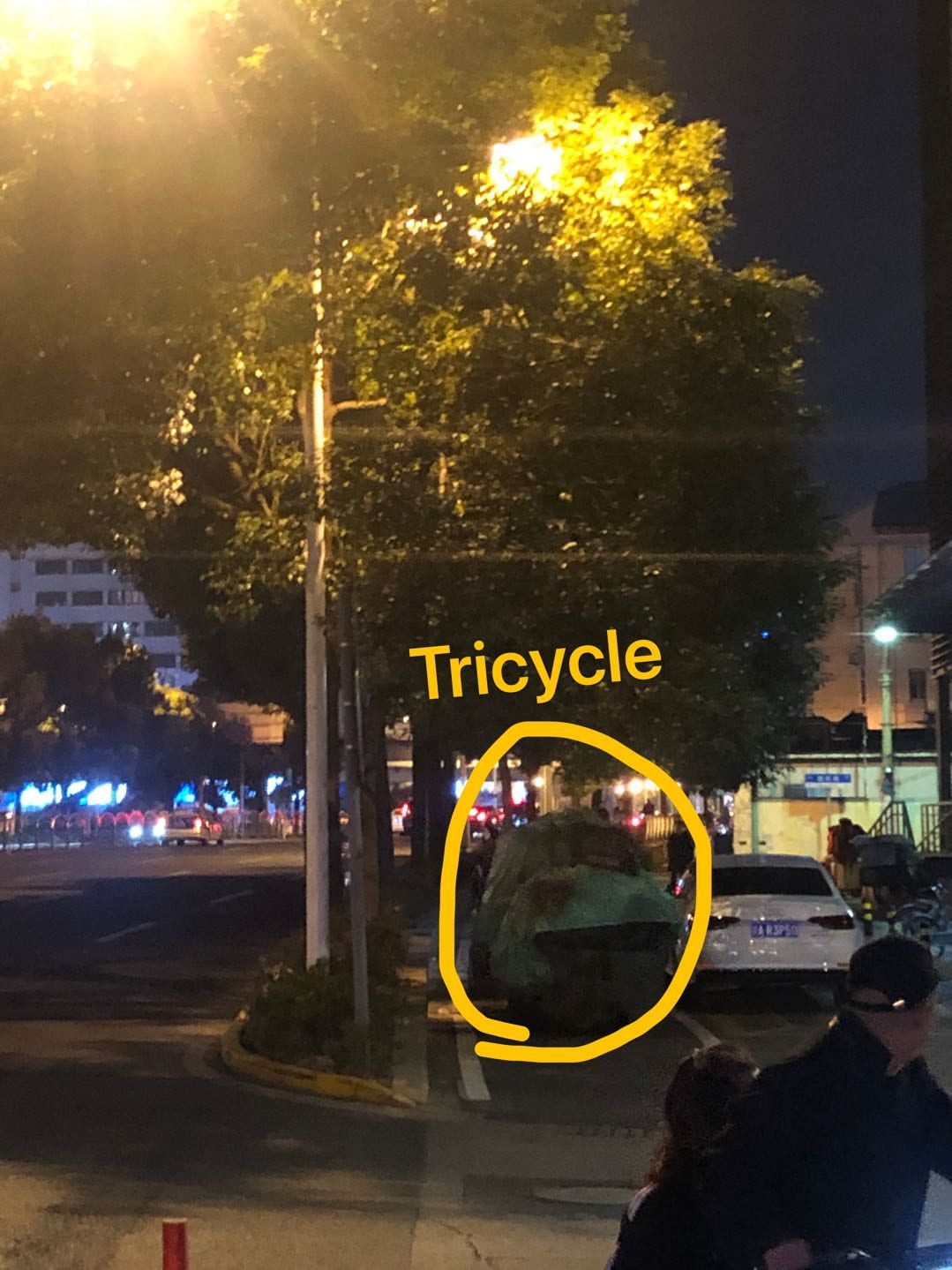
Leave a Reply